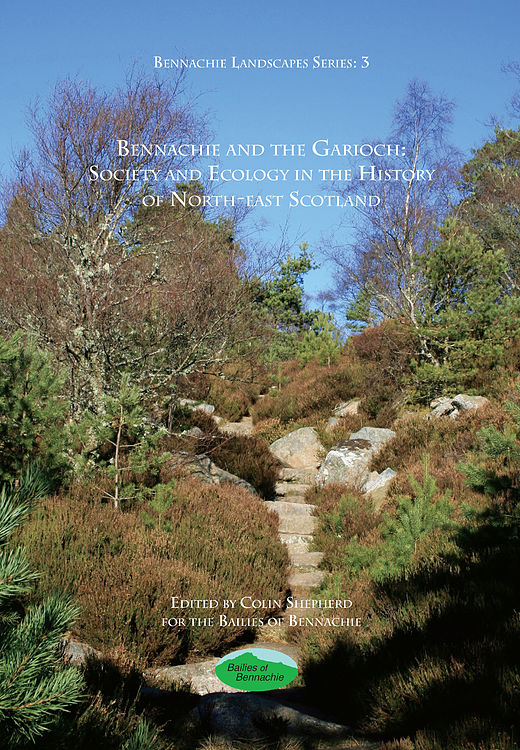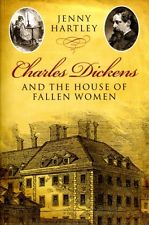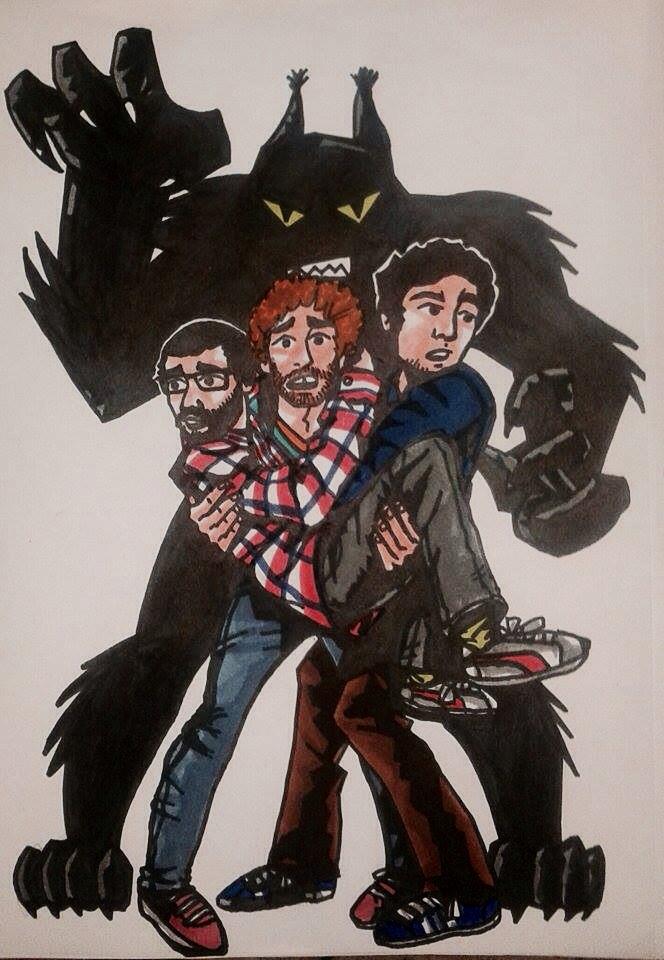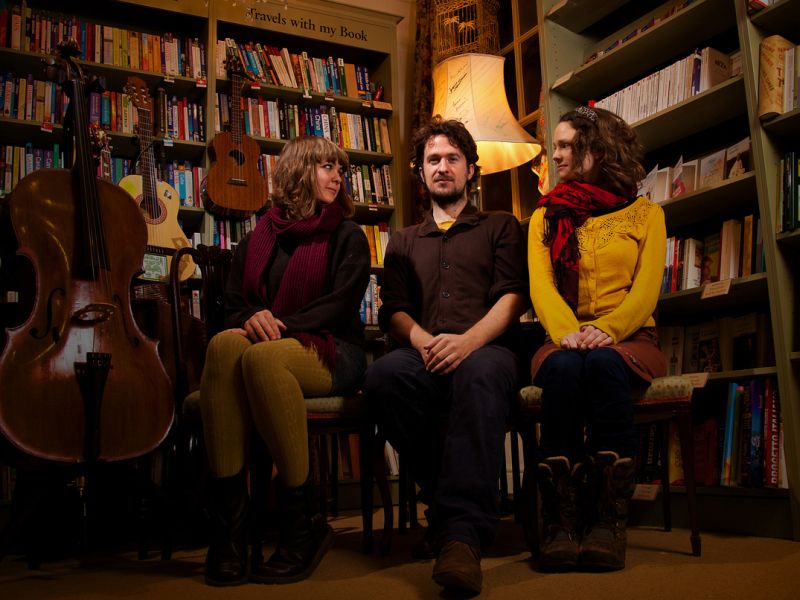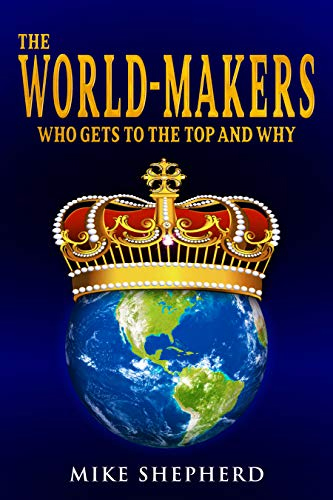 Duncan Harley reviews Mike Shepherd’s latest book, ‘The World Makers – Who Gets to the Top and Why’.
Duncan Harley reviews Mike Shepherd’s latest book, ‘The World Makers – Who Gets to the Top and Why’.
At first glance Mike Shepherd’s new book might well appear to be a detailed instruction manual on how to reach beyond the greasy pole and become a super-achiever.
And, there is certainly a glut of content here to sign-post the ambitious.
Tales of Olympians, top scientists, infamous and not so infamous politicians, ground breaking engineers and innovative business leaders – over achievers the lot of them, inhabit the pages.
But, as Mike points out early on in his introduction, the ambitious amongst us will undoubtedly gain insight here but the tales within might actually deter them from ever trying to get there in the first place.
Described as gossipy by the author, this is certainly no dry academic tome and throughout the 300 or so pages of discussion there are dozens of entertaining and often supremely bizarre tales involving the unexpected aspects of human behaviour exhibited by the gifted few.
Mathematician John von Neuman – who worked on the Manhattan Project, could memorise entire telephone directories and seemingly was able to recall any of the entries on request.
Moroccan Emperor Moulay Sharif who fathered some 1,200 children. Heiress Evalyn McLean who took the art of gloating to new levels by parading the Hope Diamond on the collar of her pet pooch.
Henry Morton Stanley who rose from penury to prominence as the man sent by the infamous New York Herald press baron Gordon Bennett Jr to find the missing David Livingstone.
Churchill, who despite episodic attacks of the Black Dog and a fairly mixed early career, rose to some prominence in the 1940’s. And many many more.
A stoic belief in one’s own destiny, an obsession with achievement, intense ambition and on occasion an intense and incorruptible – as in the case of Thomas Plimsoll of Plimsoll Line fame, desire to do good all feature within these pages alongside much discussion regarding the nature of those single-minded achievers.
Throw in a bit of hubris and a measure of narcissism and you get the drift of this book.
Many of the featured hyper-achievers deserve to be celebrated but inevitably many others do not. Florence Nightingale certainly falls into the former category – for her achievements after the Crimean Campaign.
Saparmurat Niyazov – tyrannical dictator of Turkmenistan, resides firmly in the ranks of the latter. But no spoilers here.
At the core of the discussion though is the idea that these big ideas of those few in number super-achievers shape our world and, like it or not, the rest of us have to fit as best we can into the framework they create.
On an optimistic note Mike concludes that the folk at the base of the pyramid can usually rub along just fine with those at the pinnacle but tempers this with the brutal thought that the actions of those achievers, whom he labels world makers, might just be a little extreme.
He may very well be right.
The World Makers by Mike Shepherd is published as a Kindle Book (291pp) and is available from Amazon @ £2.99
 It’s difficult to adequately classify Far, Far From Ypres.
It’s difficult to adequately classify Far, Far From Ypres. With thanks to Roger White.
With thanks to Roger White. With thanks to James Soars Media Services.
With thanks to James Soars Media Services. 